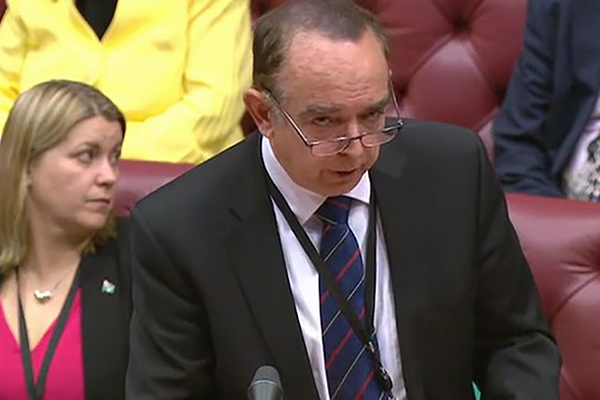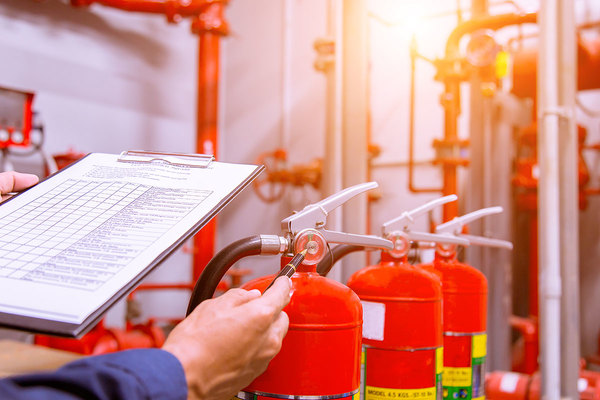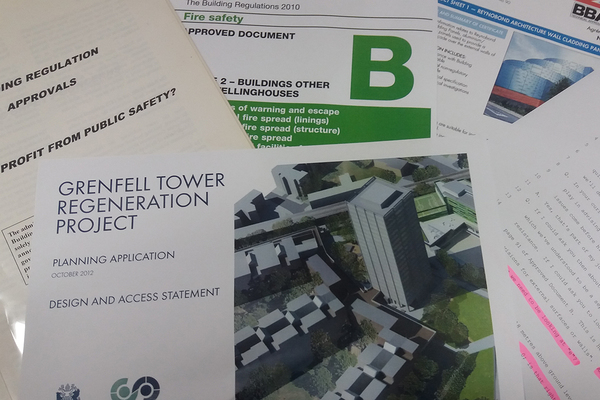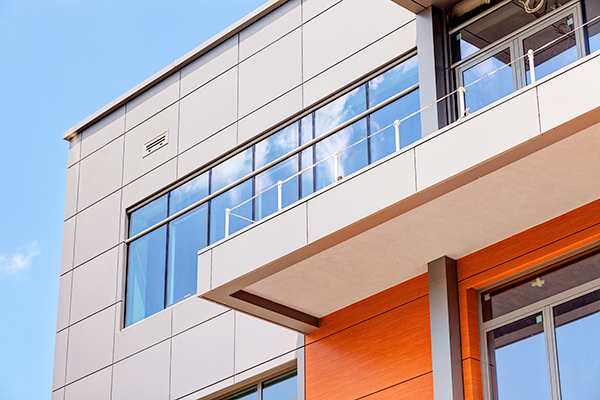You are viewing 1 of your 1 free articles
Minister: responsibility for removal of Grenfell-style cladding ‘rests with councils’
The responsibility for stripping dangerous cladding from dozens of privately owned high rises around England “rests with local authorities”, a government minister has said.
Since the devastating fire at Grenfell Tower in 2017, more than 272 privately owned buildings with similar cladding have been identified.
But the process to remove them has been slow – with only 29 towers having completed remediation work and 69 where no plans are in place to remove the materials at all.
In a debate in the House of Lord’s on Monday, Lord Nick Bourne, under-secretary in the Ministry of Housing, Communities and Local Government, said of these 69 buildings: “The ultimate responsibility for ensuring that the cladding comes off those rests with local authorities.”
Some building owners and developers have agreed to pay the costs of remediation work in the private sector, but many others have passed costs on to tenants.
After months of warning of action, in November, the government promised financial support and new legal powers for councils to carry out the work and bill building owners for the costs.
They also expressed concerns that councils were unlikely to recover the full costs of removal work.
As yet, the government has not provided any direct financial assistance to local authorities for the removal of dangerous cladding on private blocks.
Its plan involves published an addendum to the Housing Health and Safety Rating System (HHSRS) to ensure that cladding was covered by the guidance.
This mechanism, in place since 2004, has previously been used to force building owners to take action over smaller hazards such as damp or electrics.
The addendum, due to come into force on 24 January, will extend it to cladding, with the government promising to financially support local authorities with the enforcement action and remediation work.
Councils would likely require a court order to carry out work if the building owner refused.
Speaking at the same debate, Lord Gary Porter, a Conservative peer and the chair of the Local Government Association, raised concerns over local councils bearing responsibility for removing cladding on private sector buildings: “Councils have to operate inside the law of the land, and that doesn’t allow us just to go in and take off cladding from other people’s buildings.”
Lord Bourne said local authorities are responsible for enforcing removal: “They can require the private owners to take action.”










